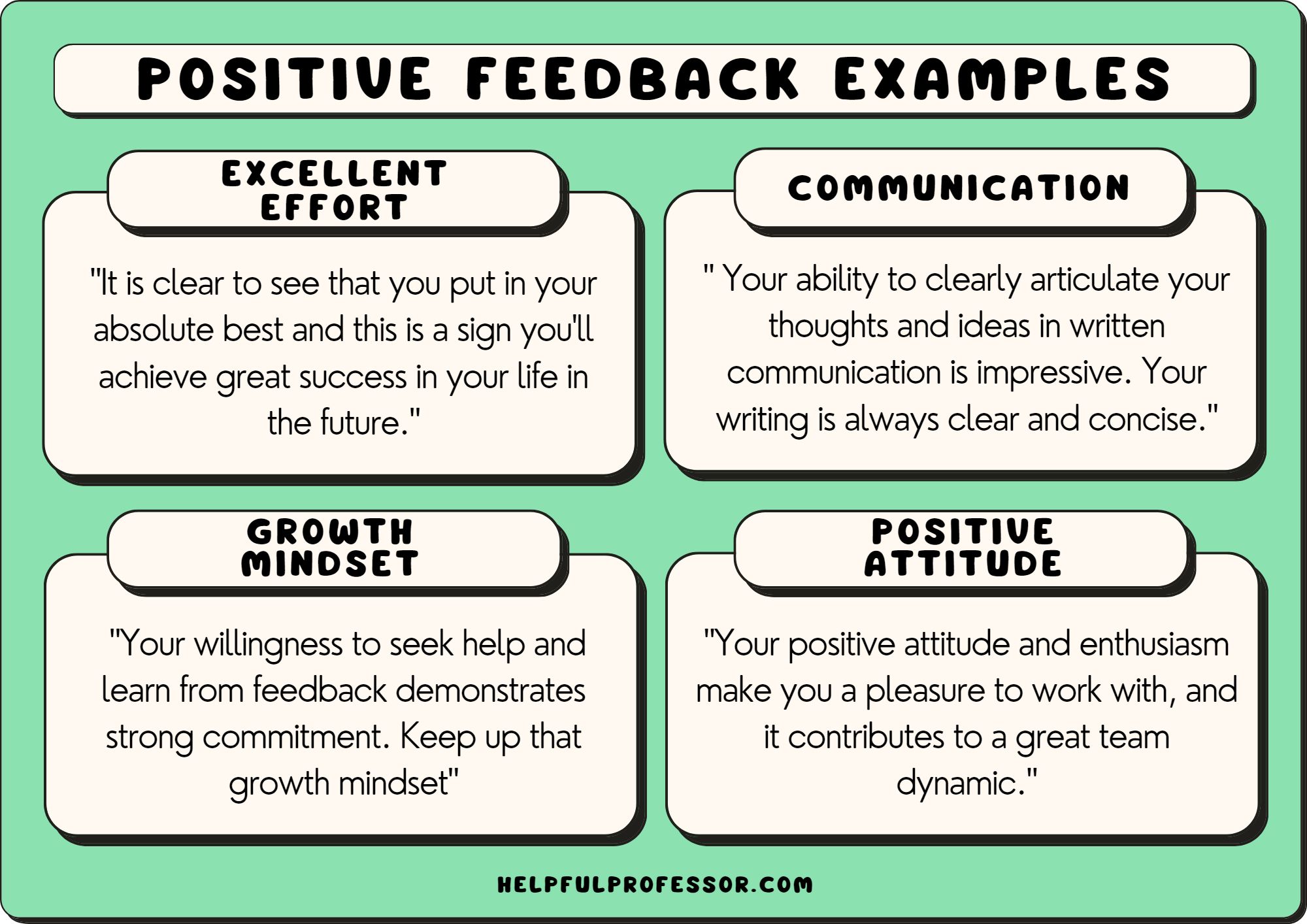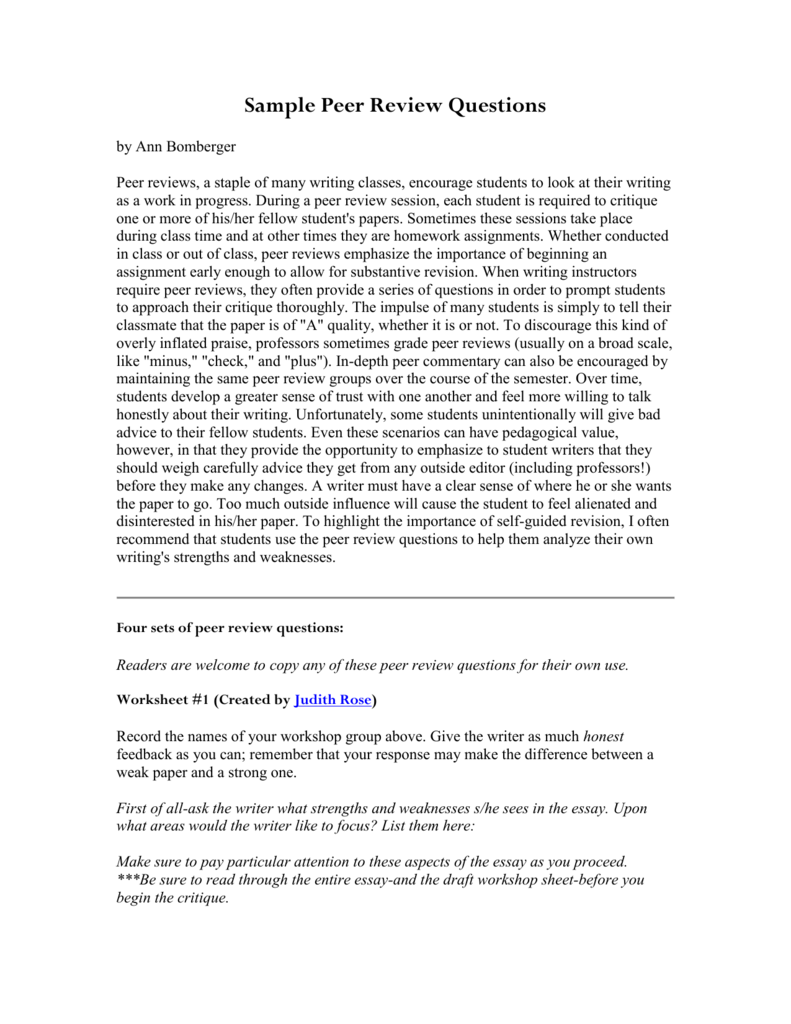

“I appreciate your effort into the project, but the final product didn’t meet our discussed standards. To improve, I suggest you take on more leadership roles and actively seek opportunities to contribute.” Add some appreciation too! “Your work on the project was solid, but I noticed that you needed to take the initiative on some tasks. I suggest you work on outlining your thoughts and presenting them in a logical order.” “The report you submitted had some good information but needed a clear structure and organization.
Peer review negative feedback examples how to#
Wondering how to do it yourself? Check out examples of time management goals for managers here. To improve, I suggest you work on time management and set clear goals for yourself.” “You have a lot of potentials, but I noticed you do not consistently meet your deadlines. Next time, spend more time clearly outlining your main points and organizing your data in a more easily understandable format. Additionally, your use of data could have been more organized and made it easier for the audience to understand the main takeaways. “While your presentation had some strong points, I noticed that you needed to fully address the primary objective outlined in the prompt. In addition to feedback, managers can further guide and train the team members, creating a helpful coaching relationship.ġ0 negative constructive feedback examples for managers Explain the mistake and highlight the solution As a result, the team members would be more likely to confide in their manager and seek their advice for future challenges or development needs. Turns managers into mentors: Managers who proactively offer negative constructive feedback build positive relationships with their team members.In turn, the employees would be encouraged to present negative feedback to their manager without hesitating. Builds relationship: It encourages honest and open communication between employees and managers, which is critical for effective team management.It assists in developing problem-solving skills as employees learn how to identify and solve problems independently. Earmarks areas for growth: Negative constructive feedback can be used to highlight the areas for concentrating development efforts.From the next time onwards, the team members will know which parts are making their case weak, and they will switch to more efficient habits, leading to personal growth. Helps team members understand mistakes: It helps individuals understand and acknowledge their mistakes, which can lead to greater self-awareness and increased confidence.Read more about the varying impact it can bring here: Organization’s communication patterns feed into its culture Why should you give negative constructive feedback? Both types of feedback are essential for effectively managing employee morale, performance, and development.įeedback is just one of the many important modes of communication for a team. It should also be given similarly to positive, constructive feedback, with the added benefit of reinforcing positive behavior and improving overall morale. It should not be inflammatory or personal but should focus on specific behaviors or results and any negative impact this may have on the team or organization. Negative constructive feedback should be specific and objective. While the function is vital, negative constructive feedback can severely hurt the team manager if the manager is not considerate of their perspective while providing it.

It highlights what the team member missed and what they need to do better next time. Negative constructive feedback is feedback that is constructive in the sense that it helps to improve the quality of work or performance of an individual but also contains critical comments about the performer’s performance.

10+ Negative Constructive Feedback Examples to Use at Work.


 0 kommentar(er)
0 kommentar(er)
